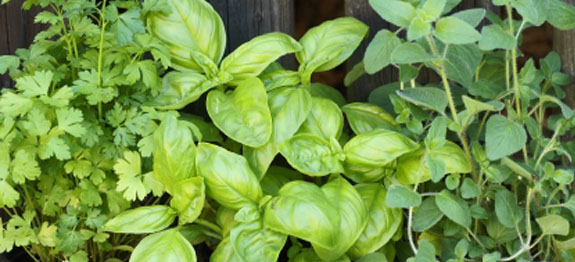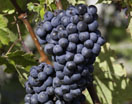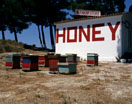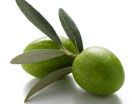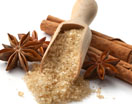Herbs
The number of herbs and spice-producing plants that grow naturally on the island are impressive an indication of their uses follows; you might be surprised how different a meal tastes with the addition of a few herbs & spices.
Herbs Rigani (oregano) is used a lot in Greek cooking appearing in most meat dishes, baked vegetables, sauces and of course on Greek salads. This is the most widely used herb. Among the other herbs which grow on the hillsides dendrolivano (rosemary) is used sparingly. Thymari (thyme) is used in some meat dishes and for flavouring some olives as well as some of the best Greek honey. Faskomilo (sage) is present all over the mountains and its smell is overpowering usually used in a tea, although it is claimed to having soothing healing properties for various ailments. Diosmos (mint) is used to flavour keftedes (meatballs) and in some pies and salads. Vassilikos (basil) grows incredibly well due to the climate and is actually only now becoming popular in various dishes from the influence of our neighbouring country Italy. The Greeks actually grow Basil ornamentally or for good luck in gardens, apartments, on rooftops, in restaurants and even on boats, they say that it also chases away the persistent Mosquito! Anitho (dill) is used in pitas (pies), salads and dolmadas. Maidanos (parsley) is used as a garnish as well as in some meat and vegetable dishes. Dafnofila (bay leaves) are used in some soups and stews. Selino is actually wild celery and is used in some stews, particularly the hirino(pork) with celery which is served in the winter.
The harvest begins in October for table olives and continues for about two months, depending on the type of olive and the place it is cultivated. Green olives-essentially less ripe than their darker counterparts-are harvested first; next come all the plump black olives that are among the country's best-known snacks: tight-skinned Kalamata olives with their pointy, nipple-like tip; juicy Amfissas in an array of browns, blacks and purples. Last to be plucked from the tree is the wrinkled black variety, which matures on the branch, can be harvested as late as March, and is cured in coarse salt not brine.
The olive oil is still being used for medical purposes and religious purposes and it has been proved to be an essential ingredient of a healthy diet. As a mono-saturated fatty acid, olive oil does not have the same cholesterol-raising effect of saturated fats. Olive oil is also a good source of antioxidants. Olive oil, unlike seed oils, remains stable in its chemical structure at relatively high temperatures because of its antioxidant and high oleic acid content.

